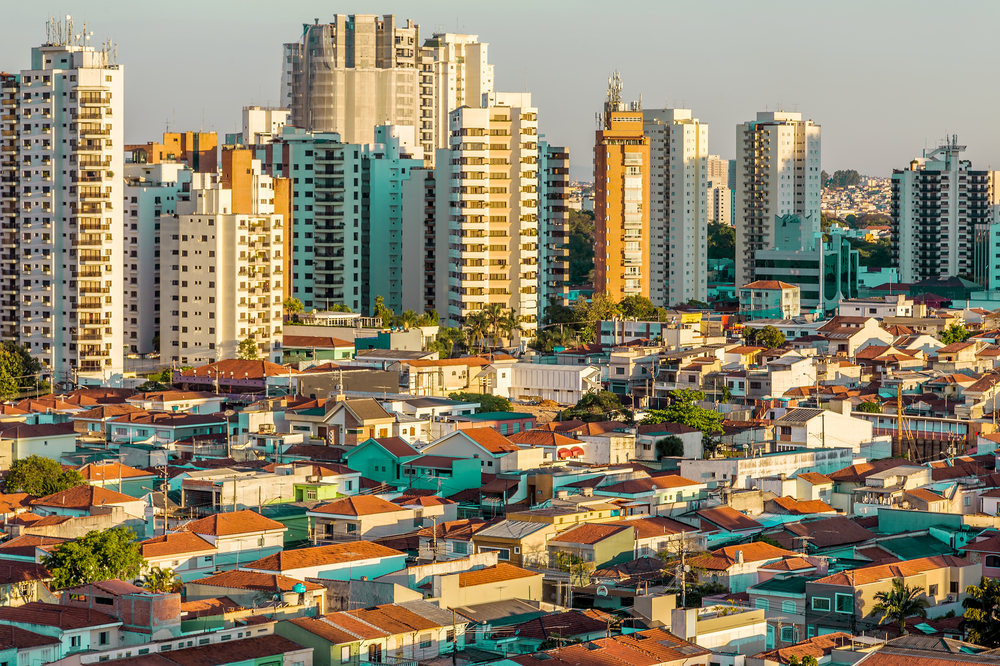Procedure Volume Trends in Brazil - Rapid Growth in Key Markets

The ambitious goal for healthcare in Brazil is “health for all”. Formed in 1988, Brazil’s Sistema Único da Saúde (SUS) is one of the largest public health systems in the world. Universal healthcare in Brazil is funded through local and federal taxes provided by government and private institutions. The SUS ensures that Brazilian residents and foreigners in Brazil have access to public healthcare. It is estimated that 75% of Brazil’s 200+ million residents is reliant on the SUS for access to healthcare.
Public healthcare in Brazil consists of three tiers:
- Family clinics, which function similarly to general practitioners and serve as the first line of healthcare services to the country
- Second assistance hospitals are where patients go to receive treatment for common illnesses and less significant surgeries
- Specialist clinics, where patients receive treatment for more serious conditions
According to 2019 estimates from LSI’s Global Procedure Volume Tracker, the top three procedure categories, by total procedure volume, in Brazil were:
- Obstetrical and Gynecological procedures – 4.4 million procedures
- General surgical procedures – 3.2 million procedures
- Aesthetic, Dermatological and Plastic Surgery procedures – 1.7 million procedures
Overall, LSI projects that there will be over 14.3 million surgical procedures performed in Brazil in 2019. Total surgical procedure volumes are projected to increase at a compound annual growth rate of ~3% over the next half decade.
Recent political and economic unrest have had an impact on healthcare delivery in Brazil. Access to timely healthcare services remains an issue among those who rely on the SUS for free healthcare. Because healthcare is free for all, availability of healthcare resources is a matter of supply and demand. Results from a poll conducted in 2014 found that 70% of Brazilians think that healthcare services are “bad or very bad”. The two largest complaints of healthcare services in Brazil were that wait times for appointments were long – a common problem in universal healthcare system – and that doctors demonstrated “a low level of commitment”.
As with many countries covered throughout this series, the Brazilian healthcare system is tasked with maintaining quality of healthcare services with increasing demand for said services. While the goal of “health for all” is certainly commendable, the myriad number of variables that must be managed to make this goal a reality is certainly a challenge.
LSI’s Global Procedure Volume Tracker projects procedure volume growth for over 200 procedures, offering country-specific and global insights on trends in surgical procedures. Surgical procedure volume growth shows no signs of slowing down, as healthcare providers in developed and developing nations are tasked with meeting the increasing demand for care.
The next installment in this series will look at surgical procedure volume trends in Russia.








